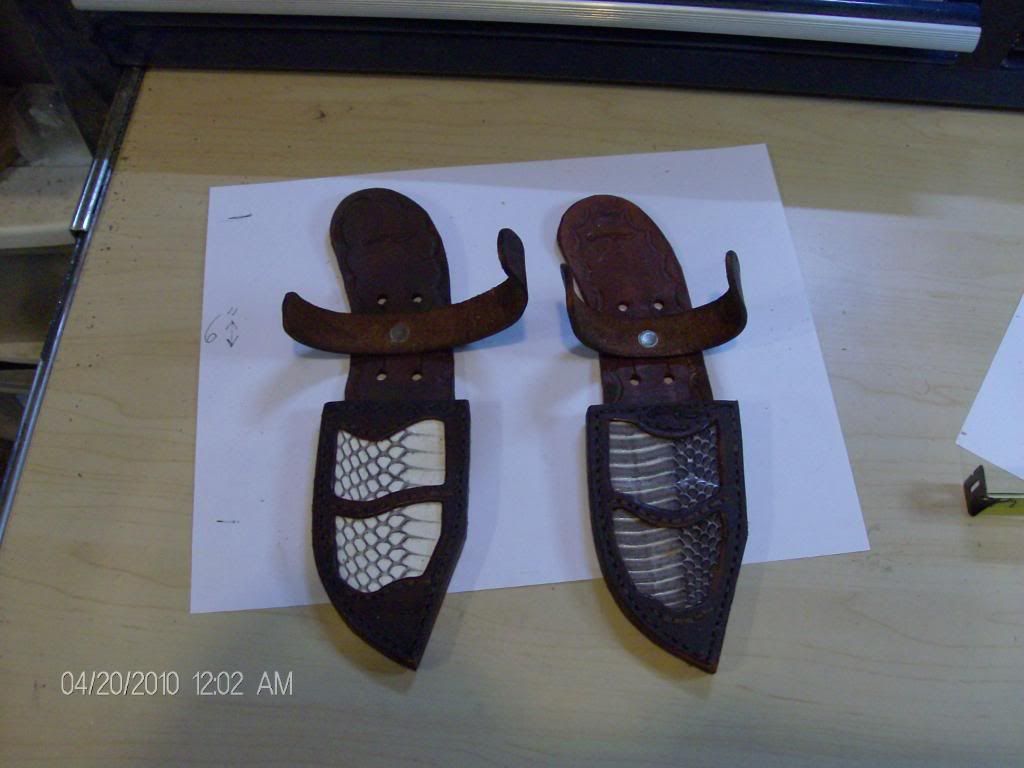B
Byron
Guest
A fairly simple question I guess. But at what point should you start making sheaths?
I know I could just get others to make them for me, but I'd rather not go that route.
Should I wait until I have the basics of the knives themselves down to where I can repetively reach sastisfactory results? Or should I start making them right away to go ahead and get practice/experience at them despite my current knives having a large amount of flaws?
I know I could just get others to make them for me, but I'd rather not go that route.
Should I wait until I have the basics of the knives themselves down to where I can repetively reach sastisfactory results? Or should I start making them right away to go ahead and get practice/experience at them despite my current knives having a large amount of flaws?


